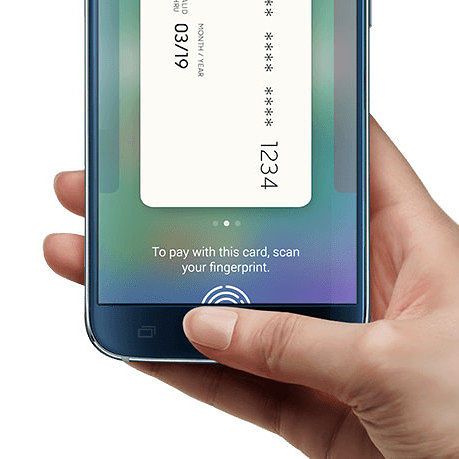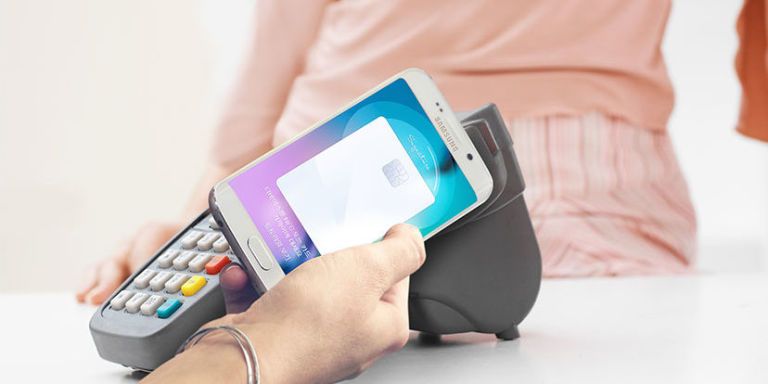PUBG Mobile continues to be one of the top mobile games around the world. While the game is facing challenges in India due to the recent ban of 118 Chinese apps, it still has a massive audience from different parts of the globe. There is a massive community with professionally organized tournaments making it one of the biggest esports titles in recent times. Now if you are an avid player or new to the game and want to test your skills, then we have some highly recommended add-ons for you to try out. We have included some controller and trigger options as well as some finger sleeves if you love using the claw grip.
PUBG Mobile Controllers

Before we move on, allow us to break your bubble. PUBG Mobile does not support any sort of Bluetooth controllers on Android or iOS. Now, there are certain alternatives where you can tinker around with some plugins to enable this, but that comes at the risk of getting your account banned. Instead, if you really want to use a controller, you can go try using an emulator on your PC. By doing so you could easily map all the controls using the emulator itself. Speaking of which, we recently listed out some of the best emulators that you can use to play PUBG Mobile on your PC. We suggest that you use the Xbox One wireless controller if you are planning to take this route.
- The Xbox One controller is the best option to play PUBG Mobile but only if you are using an emulator on your Windows PC
PUBG Mobile Triggers

Now there is another popular accessory for smartphones that can assist in improving your gameplay. Trigger controllers and attachments can be hooked on to your phone to offer physical buttons for up to 2-4 functions. All you need to do is attach the triggers to your phone and then align the controls from the game settings to match the placement of each trigger. Essentially these triggers just tap onto your phone’s touchscreen but add physical shoulder buttons for a more intuitive experience. These are fairly cheap and are offered in a variety of shapes and sizes. We recommend the COOBILE Gaming Grip that offers two triggers placed onto a gamepad-style chassis. It includes a built-in fan to keep your phone cool and can even charge your phone with its in-built 4000mAh battery. If you don’t want to add a lot of bulk to your smartphone, then you can also try the IFYOO Z108 Mobile Gaming Controller. These are independent triggers that can be attached as shoulder buttons for your smartphone. Trigger controllers do have a learning curve, but if you are used to playing on a gamepad with shoulder buttons, then you should adapt quickly.
- This comes in a controller style design with two triggers, a built-in fan and a battery to charge your phone.
- These are simple triggers that attach to your phone to offer shoulder-style buttons while playing PUBG Mobile.
Finger Sleeves

Sweaty hands hampering your performance? Then you need to get some finger-sleeves. They might look and sound ridiculous, but they are very effective. These are great for players who use three-finger and four-finger claw grip as they improve sensitivity and performance. Our recommendation is the Mobile Gaming Corps ClawSocks. These come with a total of six sleeves and feature 100% silver thread for the highest conductivity. They are also claimed to help in overcoming humidity, sweat, dirt, and oil. If you want a more affordable option then go for the Newseego Mobile Game Controller Finger Sleeves. These also come in a similar set of six sleeves with a slightly less premium finish.
- These are the best and highly rated finger sleeves to offer improved precision and sensitivity while playing PUBG Mobile.
- Go for these if you are looking for affordable competitive finger sleeves for mobile gaming.
Touchscreen Joypads

Lastly, we have touchscreen joypads that may or may not be to your liking, but you should definitely try these out. Basically, they attach to your smartphone’s touchscreen and the plastic nub on top rotates, just like a joystick on a controller. The only drawback to these is that you cannot leave them on permanently as it will cover a part of your display. So you need to attach these every time you want to play PUBG. Some of these do come with a reusable material, for instance, the Vakili Mobile Phone Game Joystick. According to the company, it can be fixed on any mobile phone or tablet, has excellent paste ability, and will not scratch the touch screen. Also, you need to note that this joystick is helpful for direction control only, so you make sure you have the sprint button activated.
- These stick-on joysticks can attach to your phone's display allowing you add a physical joystick right on to your screen.
Now, most of these accessories are intended to improve your gameplay. However, some of them might have a learning curve so make sure you understand your own needs before buying any of the recommended products. As for PUBG Mobile, the game is completely inaccessible in India following the ban by the government due to its Chinese ownership. PUBG Corp. has taken back all the rights and data of the game and will soon make a comeback with a brand new identity.
The post These are the best PUBG Mobile accessory options appeared first on xda-developers.
from xda-developers https://ift.tt/3lnR7Pg
via IFTTT




















